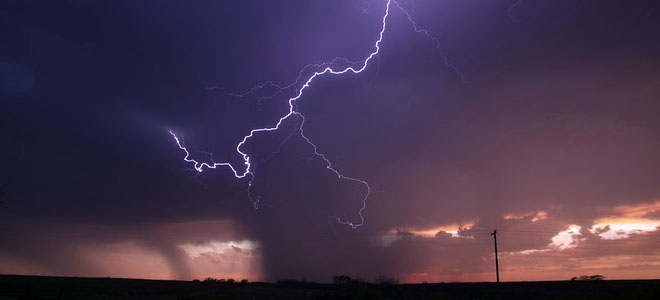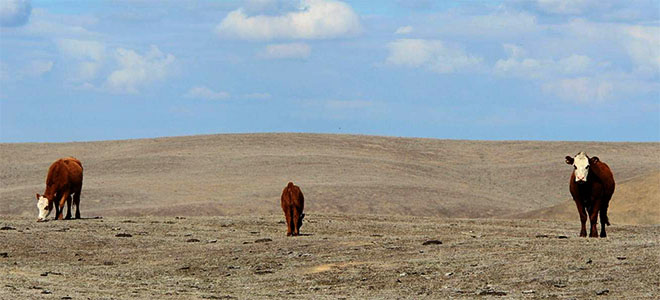
Lisa Dilling was quoted in a NBC News article on the recent National Climate Assessment report.
Climate Change Catastrophes Ahead? Here’s How We Can Prepare
by John Roach, NBC News
Heat waves, droughts, and downpours across the United States are likely to increase according to a White House report released Tuesday — and experts say all we might be able to do now is prepare for what’s to come.
“People have this perception of this being an issue that affects our kids but not us, or affects polar bears in the Arctic but not us, and what this report really brings home is the fact that climate change is affecting us right here, today,” said Katharine Hayhoe, a lead author of National Climate Assessment report.
The report lays out how dramatic changes in weather, from rising heat to too much water on the East Coast and too little water on the West, will likely impact the U.S. in coming decades. Even if human beings were to achieve the impossible and cut off the emission of all greenhouse gases right away, “some additional climate change and related impacts are now unavoidable,” according to the report.
More wildfires. Disease-transmitting insects. Decreased air quality. Damage to roads and bridges. “Climate change threatens human health and well-being in many ways,” says the report.
But there’s plenty governments, businesses, and individual citizens can do to soften the blow, experts said.
The time is now
“I think this National Climate Assessment is the loudest and clearest alarm bell to date signaling the need to take urgent action to combat the threats to Americans from climate change,” John Holdren, Assistant to the President for Science and Technology and Director, Office of Science and Technology Policy, said in a call with reporters.
The report, prepared with input from more than 300 scientists, is required every four years by law. But prior administrations have sometimes taken a pass, and this is only the third report to be released.
“The personal level is that everybody can look out their window and see something about their climate that has changed over the last 5, 10, or 15 years,” Gary Yohe, a professor of economics and environmental studies at Wesleyan University in Middletown, Conn., and a lead author of the report, told NBC News.
Some people notice that birds arrive in their backyards earlier each spring, he said. Others cite more pollen in the air or more frequent downpours and storm surges, or more intense heat waves.
Hayhoe noted that the impacts of climate change depend on location. In the Northeast, for example, the frequency of heavy precipitation events has increased by 71 percent. On the opposite side of the country, drought is becoming a serious concern. “There is no one-size-fits all here on why we need to be worried about climate change,” she said.
Nor, she added, is it straight-forward to tease out the climate change signal from impacts such as heavy downpours, or heat waves and droughts. Rather, “we have a changing climate overlaid with natural weather patterns and natural patterns of variability,” she said.
Preparing for the future
“Some changes can be beneficial over the short run, such as a longer growing season in some regions and a longer shipping season on the Great Lakes,” reads the report’s overview. “But many more are detrimental, largely because our society and its infrastructure were designed for the climate that we have had, not the rapidly changing climate we now have and can expect in the future.”
“The report also talks very clearly about how there are many opportunities to reduce the vulnerability to climate change, to make sure that we adapt successfully to reduce the impact that we are having on climate and at the same time benefit the economy, benefit national security and benefit our own health,” Hayhoe said.
For example, communities can decide to invest money in a new wind farm instead of a new coal fired power plant to generate electricity, and in turn eliminate the release of carbon dioxide, the key planet-warming gas. Given that a power plant lasts for about 30 years, such a decision has real impacts, she said.
The messages in the report on ways people can adapt to climate change and, in turn, lessen the impacts from a changing climate are particularly welcome, according to Lisa Dilling, a fellow of the Center for Science and Technology Policy Research at the University of Colorado at Boulder, who was a review editor of the report.
“There is a need for society to better adapt to climate variability and climate change right now,” Dilling said in an email to NBC News. “And many decisions can be made to lessen the impacts of extremes and other climate events.” For example, investments in carbon-free sources of energy such as solar power, she noted, can help society move past its reliance on fossil fuel sources of energy.
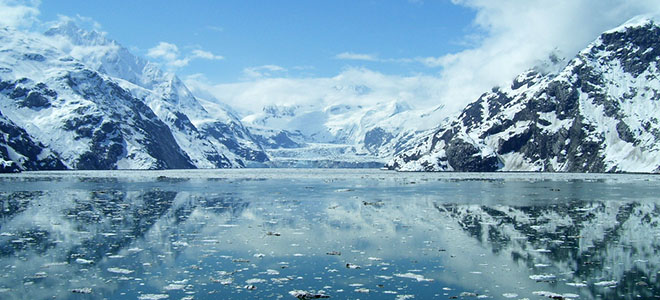



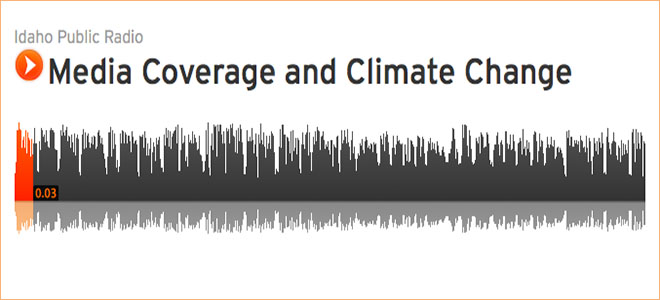



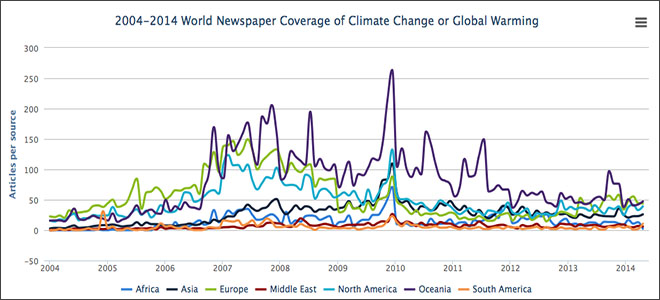

 Examining Processes of Knowledge Co-production for Climate Adaptation in East Africa
Examining Processes of Knowledge Co-production for Climate Adaptation in East Africa